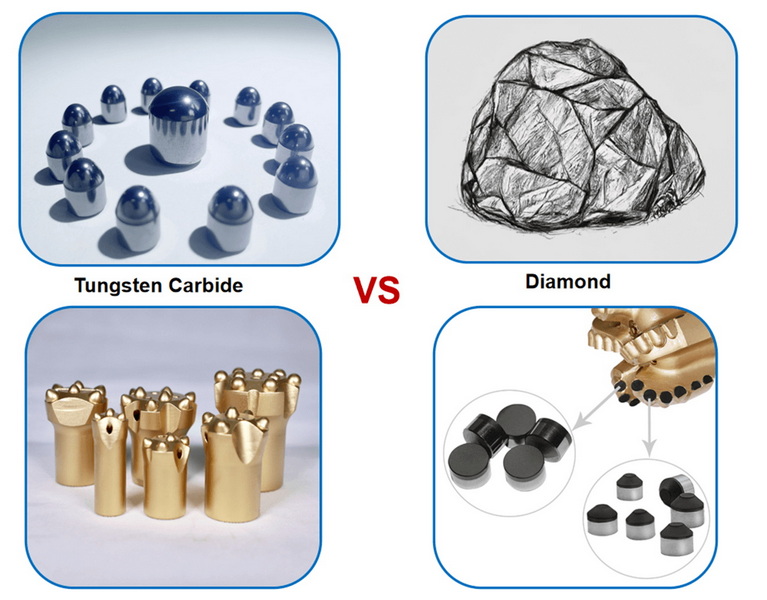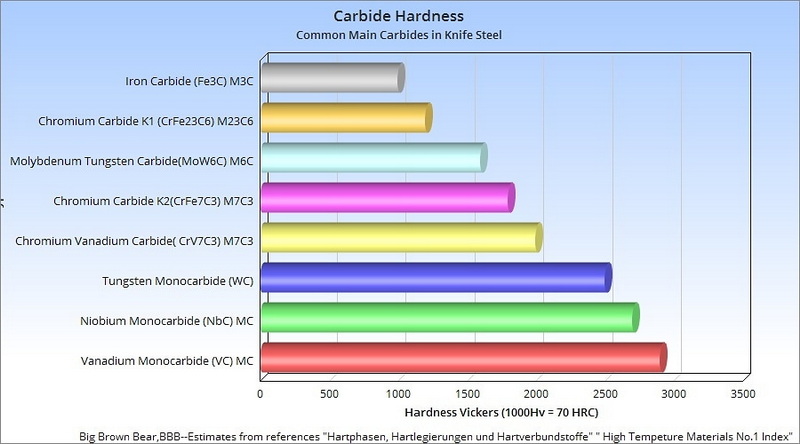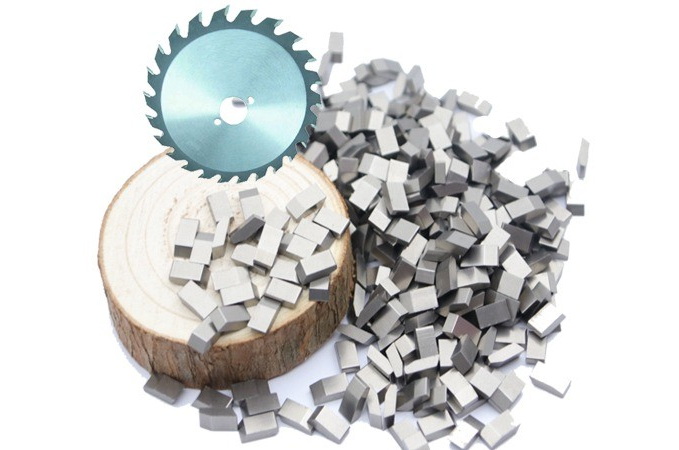Content Menu
● Introduction to Tungsten and Tungsten Carbide
>> Tungsten
>> Tungsten Carbide
● Hardness Comparison
>> Hardness Scales
● Applications of Tungsten and Tungsten Carbide
>> Tungsten Applications
>> Tungsten Carbide Applications
● Manufacturing Process
>> Binders in Tungsten Carbide
● Comparison of Physical Properties
● Advanced Applications and Innovations
>> Aerospace Industry
>> Medical Applications
>> Environmental Impact
● Challenges and Future Developments
● Conclusion
● FAQ
>> 1. What is the primary difference in hardness between tungsten and tungsten carbide?
>> 2. What are the common binders used in tungsten carbide?
>> 3. What are the typical applications of tungsten carbide?
>> 4. How is tungsten carbide manufactured?
>> 5. Is tungsten carbide more expensive than tungsten?
● Citations:
Tungsten and tungsten carbide are both renowned for their exceptional hardness and durability, making them crucial materials in various industrial applications. However, when comparing these two materials, a fundamental question arises: is carbide harder than tungsten? This article will delve into the properties, applications, and differences between tungsten and tungsten carbide, providing a comprehensive understanding of their hardness and uses.

Introduction to Tungsten and Tungsten Carbide
Tungsten
Tungsten is a chemical element with the atomic number 74 and symbol W. It is known for its high density, exceptional hardness, and the highest melting point among all metals, reaching 3,422°C (6,192°F). Tungsten's hardness is typically between 7.5 and 8 on the Mohs scale, which is impressive but not as high as tungsten carbide.
Tungsten Properties:
- Density: 19.3 g/cm³
- Melting Point: 3,422°C
- Mohs Hardness: 7.5-8
- Applications: Electrical contacts, heating elements, alloying steel
Tungsten Carbide
Tungsten carbide is a chemical compound consisting of equal parts of tungsten and carbon atoms, with the chemical formula WC. It is significantly harder than tungsten, with a Mohs hardness rating between 9 and 9.5, making it one of the hardest substances known, second only to diamond.
Tungsten Carbide Properties:
- Density: 15.6-15.8 g/cm³
- Melting Point: Approximately 2,870°C
- Mohs Hardness: 9-9.5
- Applications: Cutting tools, wear-resistant parts, jewelry
Hardness Comparison
The primary difference in hardness between tungsten and tungsten carbide is due to their composition and structure. Tungsten carbide's hexagonal crystal structure provides it with ceramic-like properties, enhancing its hardness and wear resistance. In contrast, pure tungsten, while hard, is more ductile and less brittle than tungsten carbide, making it suitable for applications requiring impact resistance.
Hardness Scales
- Mohs Hardness Scale: Used to measure scratch resistance, with diamond being the hardest at 10.
- Rockwell Hardness Scale: Measures indentation hardness, with tungsten carbide achieving a range of 89 to 95 HRA.

Applications of Tungsten and Tungsten Carbide
Tungsten Applications
Tungsten is widely used in applications where its high melting point and density are beneficial:
- Electrical Contacts: Due to its high melting point and conductivity.
- Heating Elements: In high-temperature furnaces.
- Alloying Steel: To enhance strength and hardness.
Tungsten Carbide Applications
Tungsten carbide is ideal for applications requiring extreme hardness and wear resistance:
- Cutting Tools: High-speed machining tools.
- Wear-Resistant Parts: Nozzles, sealing rings, and cutting edges.
- Jewelry: Due to its hardness and aesthetic appeal.
Manufacturing Process
Tungsten carbide is manufactured through a process called sintering, where tungsten carbide powder is mixed with a binder, typically cobalt or nickel, and then heated under high pressure to form a solid part.
Binders in Tungsten Carbide
- Cobalt (Co): The most common binder, enhancing toughness but reducing hardness slightly.
- Nickel (Ni): Offers better corrosion resistance but lower hardness than cobalt-bonded carbides.
- Other Binders: Chromium and iron are used less frequently but can enhance specific properties.
Comparison of Physical Properties
| Property | Tungsten | Tungsten Carbide |
| Density | 19.3 g/cm³ | 15.6-15.8 g/cm³ |
| Melting Point | 3,422°C | Approximately 2,870°C |
| Mohs Hardness | 7.5-8 | 9-9.5 |
| Young's Modulus | Higher than most metals | 530-700 GPa |
| Applications | Electrical, heating, alloys | Cutting tools, wear parts |
Advanced Applications and Innovations
Aerospace Industry
Tungsten carbide is used in the aerospace industry for components that require high wear resistance and strength, such as rocket nozzles and turbine blades. Its ability to withstand extreme temperatures and maintain structural integrity makes it an ideal material for these applications.
Medical Applications
In medical fields, tungsten carbide is used in surgical instruments due to its hardness and resistance to corrosion. It is also used in implants where high strength and durability are required.
Environmental Impact
The production of tungsten carbide involves mining tungsten, which can have environmental implications. However, efforts are being made to improve recycling processes and reduce waste in the manufacturing cycle.
Challenges and Future Developments
Despite its advantages, tungsten carbide faces challenges such as high production costs and environmental concerns related to tungsten mining. Future developments aim to improve manufacturing efficiency and explore alternative materials that can mimic the properties of tungsten carbide without its drawbacks.
Conclusion
In conclusion, tungsten carbide is significantly harder than pure tungsten, making it ideal for applications requiring extreme wear resistance and hardness. While tungsten is more ductile and suitable for high-impact applications, tungsten carbide's hardness and durability make it a crucial material in cutting tools and wear-resistant parts.

FAQ
1. What is the primary difference in hardness between tungsten and tungsten carbide?
Tungsten carbide is significantly harder than tungsten due to its ceramic-like structure and composition, with a Mohs hardness of 9-9.5 compared to tungsten's 7.5-8.
2. What are the common binders used in tungsten carbide?
The most common binders are cobalt and nickel, with cobalt being the industry standard for enhancing toughness and nickel offering better corrosion resistance.
3. What are the typical applications of tungsten carbide?
Tungsten carbide is widely used in cutting tools, wear-resistant parts, and jewelry due to its exceptional hardness and durability.
4. How is tungsten carbide manufactured?
Tungsten carbide is manufactured through a sintering process where tungsten carbide powder is mixed with a binder and heated under high pressure.
5. Is tungsten carbide more expensive than tungsten?
Yes, tungsten carbide is generally more expensive than tungsten due to its complex manufacturing process and the addition of binders.
Citations:
[1] https://cowseal.com/tungsten-vs-tungsten-carbide/
[2] https://shop.machinemfg.com/tungsten-vs-tungsten-carbide-key-differences/
[3] https://www.allied-material.co.jp/en/techinfo/tungsten_carbide/features.html
[4] https://en.wikipedia.org/wiki/Tungsten_carbide
[5] https://cncpartsxtj.com/cnc-materials/difference-tungsten-and-tungsten-carbide/
[6] https://www.britannica.com/science/tungsten-chemical-element
[7] https://www.carbide-part.com/blog/tungsten-carbide-hardness-vs-diamond/
[8] https://www.bangerter.com/en/tungsten-carbide
[9] https://touchwood.biz/blogs/southafrica/what-is-the-difference-between-pure-tungsten-and-tungsten-carbide
[10] https://konecarbide.com/tungsten-vs-tungsten-carbide-differences-explained/
[11] https://www.metalsupermarkets.com/metal-hardness-testing-methods-scales/
[12] https://va-tungsten.co.za/pure-tungsten-vs-tungsten-carbide-whats-the-difference/
[13] https://www.syalons.com/2024/07/08/silicon-carbide-vs-tungsten-carbide-wear-applications/
[14] https://forums.tripwireinteractive.com/index.php?threads%2Ftungsten-vs-tungsten-carbide.101174%2F
[15] https://www.istockphoto.com/photos/tungsten-carbide
[16] https://en.wikipedia.org/wiki/Tungsten
[17] http://www.tungsten-carbide.com.cn
[18] https://www.pollen.am/metal_tungsten/
















